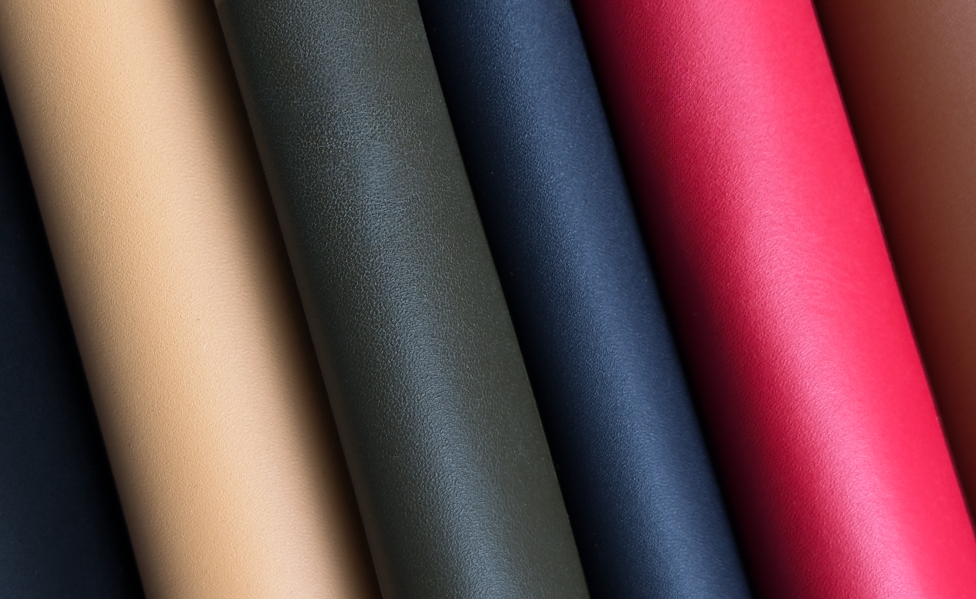Durability, Craftsmanship, and Environmental Impact
Leather has long been valued for its durability, aesthetic appeal, and versatility. However, not all leather is created equal. The quality of leather can vary dramatically, depending on factors such as the source of the hide, the tanning process, and the craftsmanship involved. High-quality leather, often produced by established European tanneries, stands out not only for its superior characteristics but also for its role in promoting sustainability and reducing environmental impact. In an age where fast fashion and synthetic materials dominate, understanding why quality leather matters is more important than ever.
Durability and Longevity
One of the primary reasons quality leather is worth the investment is its durability. Well-crafted leather products can last for decades, often improving with age as they develop a patina. Inferior leather, often used in mass-produced goods, lacks this longevity. It may peel, crack, or lose its shape after a short period, leading to frequent replacements and a greater accumulation of waste.
High-quality leather undergoes rigorous tanning processes that ensure the material remains strong and supple for years. Full-grain leather, for instance, retains the natural grain of the hide, making it more resistant to wear and tear than lower-quality grades like bonded or corrected-grain leather. This durability means that leather products, whether they are shoes, bags, or furniture, often end up being passed down through generations, minimizing the need for new purchases and reducing overall consumption.
Craftsmanship and Ethical Production
The craftsmanship behind quality leather is another key factor. In countries like Italy, Spain, and France, tanneries have centuries-old traditions of working with leather. These European tanneries are known for their commitment to ethical production, using hides that are by-products of the food industry rather than raising animals solely for leather. This not only reduces waste but also ensures that the leather industry remains more sustainable than many synthetic alternatives.
The tanning process in European tanneries is often done by hand, with skilled artisans carefully selecting the best hides and using time-honored techniques. Many of these tanneries prioritize vegetable tanning, a method that uses natural tannins found in tree bark and other plant materials. Unlike chromium tanning, which can have significant environmental consequences due to the toxic chemicals involved, vegetable tanning is biodegradable and less harmful to the environment.
European tanneries are also known for their focus on quality control. By adhering to strict regulations and industry standards, they ensure that their products meet the highest levels of craftsmanship and environmental responsibility. This attention to detail results in leather goods that not only look and feel luxurious but are also ethically sourced and produced.
Environmental Impact
The environmental impact of leather production is a complex and often controversial issue. While leather is a natural and biodegradable material, the process of turning raw hides into usable leather can have significant ecological consequences, particularly when poor-quality leather is mass-produced using harmful chemicals. In particular, the widespread use of chromium tanning, a process that involves treating hides with chromium salts, has raised concerns. The waste products from this method, including toxic sludge, can contaminate water sources and harm ecosystems.
By contrast, high-quality leather production, especially in European tanneries, tends to focus on more sustainable practices. Vegetable-tanned leather, as mentioned earlier, uses natural tannins instead of synthetic chemicals, resulting in fewer pollutants. Furthermore, European tanneries are often subject to stringent environmental regulations aimed at minimizing the industry's carbon footprint. Many of these tanneries have adopted energy-efficient technologies, water recycling systems, and waste reduction measures to ensure that their operations are as eco-friendly as possible.
Additionally, the focus on quality over quantity in high-end leather production means fewer products need to be manufactured overall. Fast fashion and low-cost leather goods contribute to a cycle of overconsumption and waste, as poorly made items are quickly discarded. In contrast, high-quality leather products, with their extended lifespan, help reduce the environmental burden associated with constant production and disposal.
Sustainability of Leather vs. Synthetic Alternatives
In recent years, synthetic alternatives to leather, such as polyurethane (PU) and polyvinyl chloride (PVC), have become popular, particularly in the fashion industry. While these materials are marketed as vegan or cruelty-free, their environmental impact is often much worse than that of high-quality leather. PU and PVC are derived from petroleum and take hundreds of years to decompose, contributing to plastic pollution and the accumulation of microplastics in oceans and landfills.
By comparison, high-quality leather, particularly when sourced from responsible tanneries, is a natural material that will eventually biodegrade. Moreover, because leather is a by-product of the meat industry, its use supports the principle of utilizing all parts of the animal, which can be seen as a more sustainable practice than creating synthetic materials that require new resources.
Quality leather matters not only for its aesthetic and functional benefits but also for its environmental and ethical implications. Investing in high-quality leather products, particularly those made by European tanneries committed to sustainable practices, ensures that consumers are making responsible choices that support longevity and craftsmanship. In an era of fast fashion and disposable goods, choosing quality leather represents a step toward a more sustainable future, where fewer, better-made items are valued over cheap, short-lived alternatives.
Read more about the leathers used at WILLFORS


